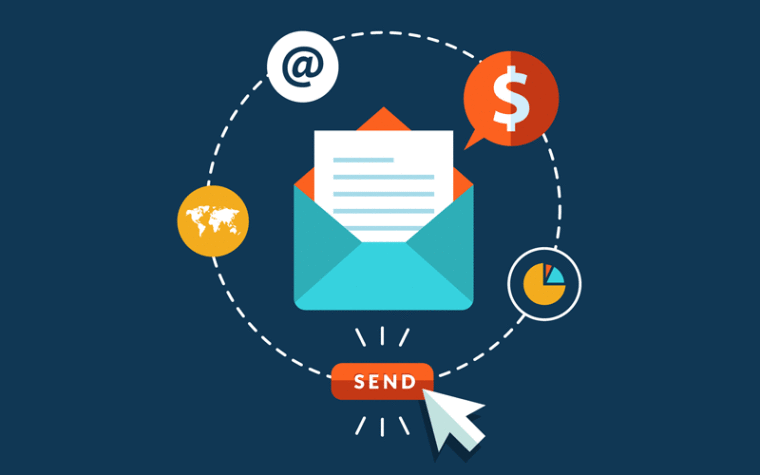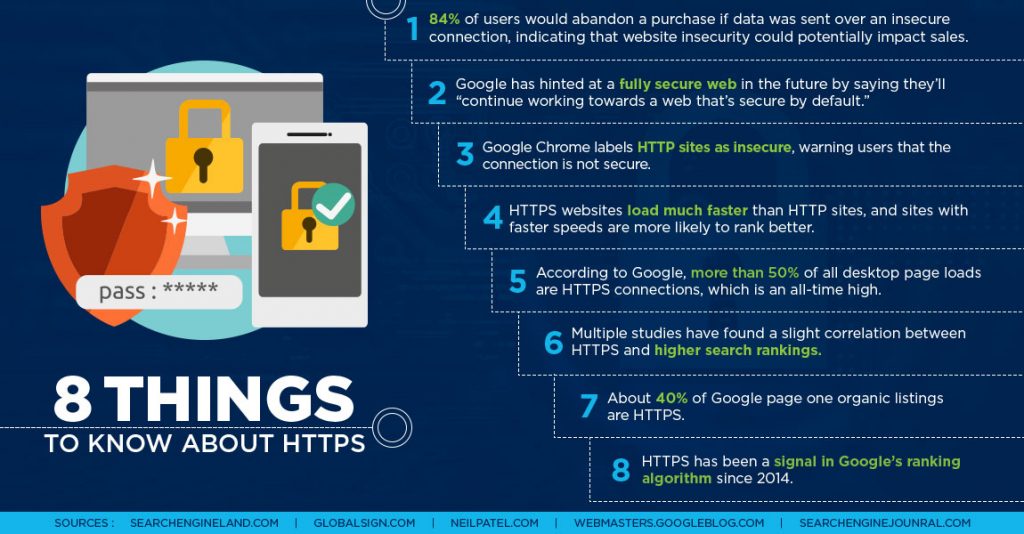
It is no secret that email marketing is growing to be an ever-changing and difficult medium to crack. Today, we all understand all-to-well the reality of the overfull email box and gleaning the worthwhile emails from the spam is often overwhelming. Whether we are consumers or marketing experts, we all know what it is to have an inbox so full that it is difficult to separate the chaff from the wheat. So, what does that mean for the world of professional marketing? This overwhelming level of widespread email marketing is something that makes it difficult to for consumers to value emails as meaningful a contact point with retailers. However, there is a way to maximize email as an advertising touch-point through the use of marketing personas. Focusing ads through targeted segmentation is an excellent way to tap into the depth of data available and stand out to the consumers who matter the most.
GET TO KNOW YOUR EMAIL AUDIENCE
TIP 1 – DEVELOP YOUR EMAIL MARKETING STRATEGY
It may seem counter-intuitive to begin with developing a strategy before you understand the personas you are dealing with, however, it is important when beginning a process as important as looking to develop marketing personas to know where you want to take a marketing campaign. This is where the development of a marketing strategy comes in. Understanding the product you offer as well as the motivational aspects of your company’s advertising department are key in beginning this process. Laying out the core values of the company becomes a launching point for motivating the customer to connect with your message and product throughout the email marketing campaign, which will, in turn, lead to increase conversions. It may seem a simple step, but it is important to develop a strategy in order that it may be refined as the personas take shape.

TIP 2 – IDENTIFY YOUR BUYER PERSONAS
It is an easy thing to say that emails should be targeted to segments/peronas, but what does that mean in reality? What goes into developing a true segmentation profile that is useful for future targeted email campaigns. The process of identifying buyer personas always begins with a need to know and understand your customers purchasing behavior and demographics, and be able to identify possible personas that can be targeted in the first place. From the type of device they use, to the time of day their visit your site–data is key to beginning this process. Tracking whether a person completed a conversion or if they simply browsed the site significantly affects the segmentation and targeting of their email marketing group. So, analyze the data and be sure to fully understand the origins of their connection to your website, and seek out as many demographic factors as reasonably available. Building a solid foundation to begin your marketing personas will save a lot of trouble and return better conversion results at the end.
TIP 3 – KNOW YOUR BUYERS PURCHASING PATH
When was the last time you tried purchasing something on your website? Do you use your product? Do you understand what it is like to use your product as someone who is not on the internal side of production? Does your product answer the question it set out to answer? Does it compete with the answers competitors are bringing to the table?
The path of a buy is an experiential process. Understanding both the motivation of the customer’s request/question, as well as the answer that you are presenting via your product and how it compares to the competition is key in how an email message is approached. By asking these questions you can begin to build a good definition of your buyers personas’ and how to frame a targeted email marketing campaign as a value-added proposition.
TIP 4 – MAKE THE TARGETED EMAILS RELEVANT
If you don’t understand what appeals to your persona group from a click to conversion standpoint, an email marketing campaign, no matter how high the value-added proposition, will never work. Framing the structure so that its value-added proposition appeals in a click-appealing manner is key to success. This is where understanding the motivation of your client becomes a powerful tool and the refining of your marketing strategy takes shape. Look at ways you can slice and dice your persona groups into more their more refined elements. Error on the side of caution, group specifically and minutely, and then target emails according to the demographic elements specific to the groups therein. It is better to send 15 highly specific and relevant emails to highly interested parties than to send 100 to emails to those who are detached and only mildly interested.
TIP 5 – WRITE CLEAR COPY, MAKE OFFERS, AND CALL THEM TO ACTION
Yes, you know these are elements you need to achieve, however, it never hurts to bring them up again and again. In knowing your targets, you also much know how to speak to them. Writing clear copy means that as you connect with your customers, you also challenge them to question if their needs are met. You offer a solution to the challenge, and in doing so you call them to action to convert. Compelling customers is a challenge, and creating a copy that is uniquely meaningful and appealing to your target personas is the cornerstone piece of developing an effective persona marketing campaign and strategy.
Sources:
- https://blog.hubspot.com/blog/tabid/6307/bid/32991/11-great-ways-to-get-personal-in-your-email-marketing.aspx
- https://fulcrumtech.net/resources/email-personalization/
- https://www.smartinsights.com/email-marketing/using-personas-email-marketing/
- https://www.wordstream.com/blog/ws/2017/01/31/email-marketing-with-buyer-personas
- https://www.saleshandy.com/blog/buyer-persona-in-email-marketing/
- Lead Image: https://www.lyfemarketing.com/blog/why-email-marketing/



